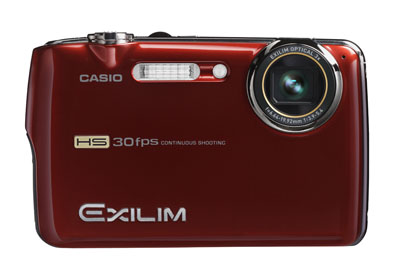I was browsing through photo galleries for the recent Earth Day event, during which people (and many cities and businesses) were urged to turn off their lights for one hour in a symbolic effort to cut back on energy usage. Photo coverage of the event centered on many night cityscape photos which showed cities’ buildings with their lights off.
The problem was, the vast majority of photographers in the field that night approached the shots just as they would any typical nightscape – exposing for, and getting full detail out of, the primary subjects (mostly buildings in this case). This means long exposures that end up taking in about as much light as one would take in the daytime, which is fantastic if you want to produce a pretty picture of say the Coliseum at night:
http://inapcache.boston.com/universal/site_graphics/blogs/bigpicture/earthhour_03_30/col_off.jpg
Notice, however, that this photo above gives absolutely no impression that the lights are actually off. At first glance, the building is so well-illuminated that if it weren’t for the dark night sky, you really wouldn’t be able to tell this from a daytime photo.
Photographers make similar mistakes with long-exposure night scenes all the time. If you want to create a pretty picture, alright, make sure your exposure is correct. But if you actually want to portray a scene as dark and taken during nighttime, you need to expose below the ideal exposure to get the photo to actually look, well, dark. In Earth Day’s case, the proper thing to do would have been to make sure your before and after photos are taken at the EXACT SAME EXPOSURE, metering be damned.
Fortunately some of the pj’s that day got it right, and the Boston Globe has compiled them nicely onto a page that includes click-transitions back and forth between the before and after pictures (though there are still a few bad examples included):
http://www.boston.com/bigpicture/2009/03/earth_hour_2009.html
Good examples of what I’m talking about: Photo 2, Photo 8, Photo 10, Photo 11, Photos 14, 15, 16, 17
Bad examples of what you should NOT do (how quickly are you able to discern which is the “lights on” and which is the “lights off” image?): Photo 1, Photo 3, Photo 6, Photo 12





